Central Park of Culture and Leisure
The area the park now covers was once part of a private estate. Purchased by the wonderfully named Theodor Gottlieb von Hippel the Elder, the new owner set about redesigning the park in the English style (Germans of the time do so seem to love the English Garden informal landscaping style – the Munich ‘Englischer Garten’ was designed at around the same time). It became known as Luisenwahl (literally ‘Chosen for Luise’) not in honour of Luise, Queen Consort of Prussia and wife of King Friederich Wilhelm III, after whom the church in the park is named, but instead in honour of the wife of Chistoph Gotthilf Busolt, a local school official who purchased the park and estate in 1796. Queen Luise did stay here in 1809 when she and her husband used the manor as a summer residence and it is reported that she especially liked the park. Her son King Wilhelm I purchased the land in 1872 and it remained the property of the Prussian Royal Family until Wilhelm’s grandson, Wilhelm II, Emperor of Germany gifted the park to the city of Königsberg in 1914. The park became part of the city of Kaliningrad along with other public spaces in 1946.
Central Park makes for a peaceful escape from the city and there are some points of interest in the park itself. Immediately to your right as you walk through the main gate is the former Queen Louise Church, which now plays host to the city’s Puppet Theatre. To your left, what looks like the park-keeper’s house is in fact the former hunting residence of Emperor Wilhelm II, made all the more notable because it was actually moved here post-World War II from the hunting grounds it occupied in ancient forest now spanning the Russian/Polish border in the south-east of the Oblast.
Further on you’ll come across the tall statue commemorating those who rebuilt the city after the war. You’ll also come across a statue to the literary character Baron Munchausen. The real Baron Munchausen is thought to have visited Königsberg on a number of occasions during his life and there is a group in Kaliningrad calling themselves the ‘Grandchildren of Munchausen’ who celebrate the Baron’s birthday and try to find proof of his visits to the city.
In the south-east corner of the park you’ll find the open-air concert venue set in a natural bowl which allows the audience to look down onto the stage from the surrounding grassy banks. The stage is the home to the region’s largest jazz festival – Kaliningrad City Jazz. It’s also here that you’ll find an outsized statue to controversial Soviet-era folk singer Vladimir Vysotsky.
The centre-piece of the park is a Ferris wheel and funfair and the park has a number of coffee and snack outlets. Located as it is so centrally, the park is well worth an hour or two of your time.
Website
www.centralpark39.ruOpen
Open 11:00 - 19:00. Sat, Sun 11:00 - 21:00.
Price/Additional Info
Admission free.Associated Venues
/kaliningrad/Baron-Munchausen-monument_138279v
The fictional comic character of Baron Munchausen was inspired by the real 18th century Hieronymus Karl Friedrich, Freiherr von Münchhausen, (1720-1797), a man who became legendary for his wonderful tales about his exploits in the Prussian military. The


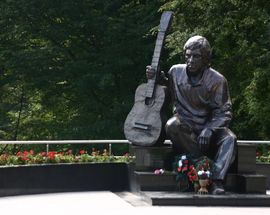

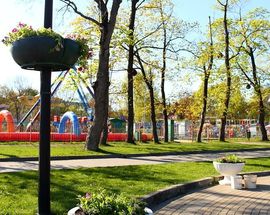
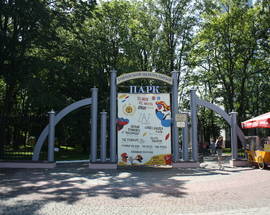
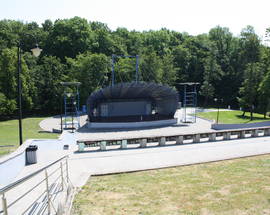
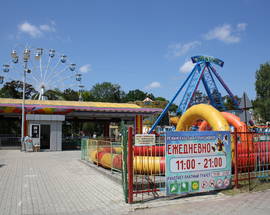
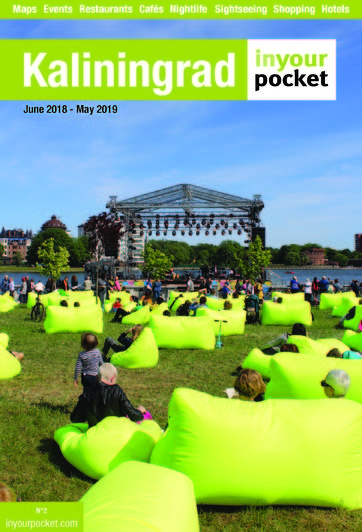


Comments